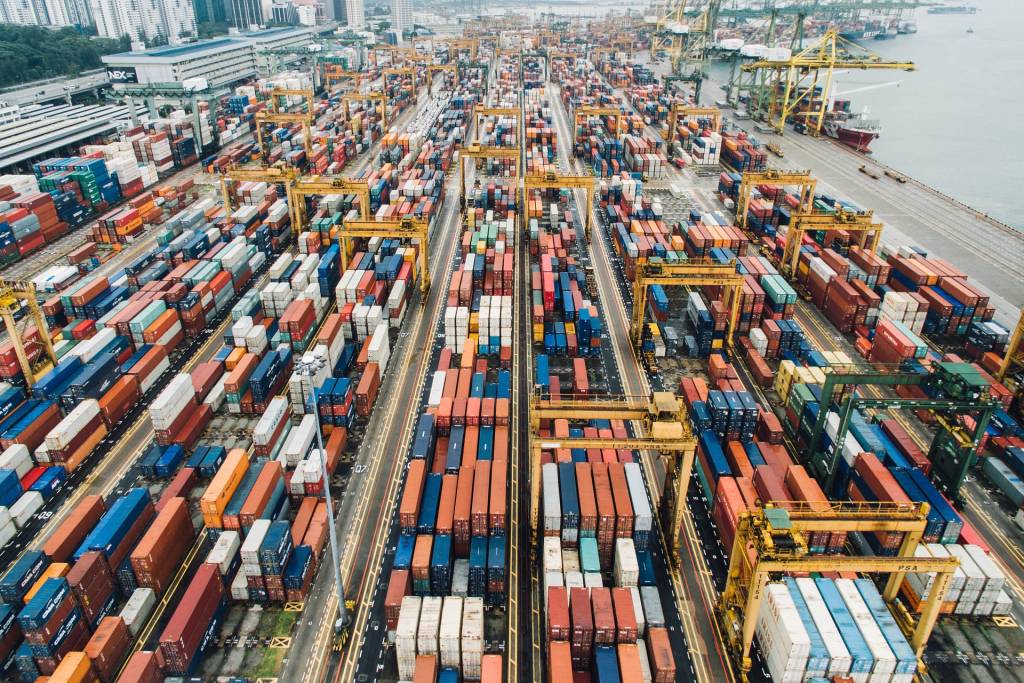In today’s dynamic global marketplace, corporate logistics has evolved into a strategic function that drives business success. Streamlining supply chains is no longer optional; it’s a necessity for improving efficiency, reducing costs, and maintaining a competitive edge. Here’s how businesses can optimize their supply chain operations to achieve seamless logistics.
1. Implement End-to-End Visibility
Supply chain visibility is crucial for identifying inefficiencies and ensuring smooth operations. Companies can:
- Leverage IoT Devices: Use sensors to monitor shipments in real-time, tracking their location, condition, and status.
- Integrate Data Platforms: Connect all supply chain stakeholders to a centralized dashboard for real-time updates and collaboration.
- Utilize Predictive Analytics: Anticipate disruptions and proactively address potential delays.
Benefit: Enhanced visibility leads to faster decision-making and minimizes costly errors.
2. Optimize Inventory Management
Efficient inventory management balances supply and demand, reduces storage costs, and improves cash flow. Strategies include:
- Just-in-Time (JIT): Receive goods only as they are needed to minimize excess inventory.
- Demand Forecasting: Use AI-driven analytics to predict consumer demand and adjust stock levels accordingly.
- Inventory Pooling: Share inventory across multiple locations to improve availability and reduce holding costs.
3. Adopt Automation and Robotics
Automation is transforming corporate logistics by reducing labor costs and speeding up processes. Key applications include:
- Automated Warehousing: Robotic systems for picking, packing, and sorting goods.
- Dynamic Routing: AI-powered tools to optimize delivery routes and reduce fuel consumption.
- Paperless Processes: Digital documentation for faster approvals and reduced administrative burdens.
Future Outlook: Fully automated supply chains will enable businesses to scale operations without adding complexity.
4. Embrace Multimodal Transportation
Combining transportation modes such as road, rail, sea, and air ensures flexibility and cost-effectiveness. Key benefits include:
- Cost Savings: Use rail or sea freight for bulk shipments and trucks for last-mile delivery.
- Reduced Environmental Impact: Opt for energy-efficient modes to lower emissions.
- Improved Reliability: Diversify transport options to mitigate risks during disruptions.
5. Foster Supplier Collaboration
A strong supplier network is critical for maintaining a streamlined supply chain. To build effective partnerships:
- Establish Clear Communication: Use digital platforms to share real-time updates and align on goals.
- Negotiate Long-Term Contracts: Ensure stable pricing and priority service during peak demand.
- Collaborate on Sustainability Goals: Partner with suppliers committed to eco-friendly practices.
6. Focus on Sustainability
Sustainability is a growing priority for both businesses and consumers. To align logistics operations with environmental goals:
- Optimize Routes: Reduce fuel consumption and emissions by selecting efficient transport paths.
- Adopt Green Packaging: Use recyclable materials to minimize waste.
- Transition to Electric Fleets: Lower operational costs and emissions with electric or hybrid vehicles.
7. Strengthen Risk Management
Supply chain disruptions are inevitable, but proactive risk management can minimize their impact. Best practices include:
- Diversify Suppliers: Avoid over-reliance on a single supplier or region.
- Maintain Safety Stock: Keep extra inventory for critical items to handle unexpected surges in demand.
- Simulate Scenarios: Use AI to model potential disruptions and develop contingency plans.
8. Enhance Customer-Centric Logistics
A streamlined supply chain directly impacts customer satisfaction. Key strategies include:
- Faster Delivery Options: Offer same-day or next-day shipping.
- Real-Time Order Tracking: Provide customers with visibility into their shipments.
- Flexible Return Policies: Simplify the return process to improve customer loyalty.
Streamlining supply chains is essential for businesses aiming to thrive in an increasingly complex and competitive world. By integrating technology, fostering collaboration, and prioritizing sustainability, corporate logistics can drive operational excellence and deliver unparalleled value to customers.
As businesses continue to adapt to global challenges, investing in innovative supply chain solutions will be key to staying ahead.


“In corporate logistics, a streamlined supply chain isn’t just an operational advantage—it’s the foundation for sustainable growth and customer satisfaction.”



